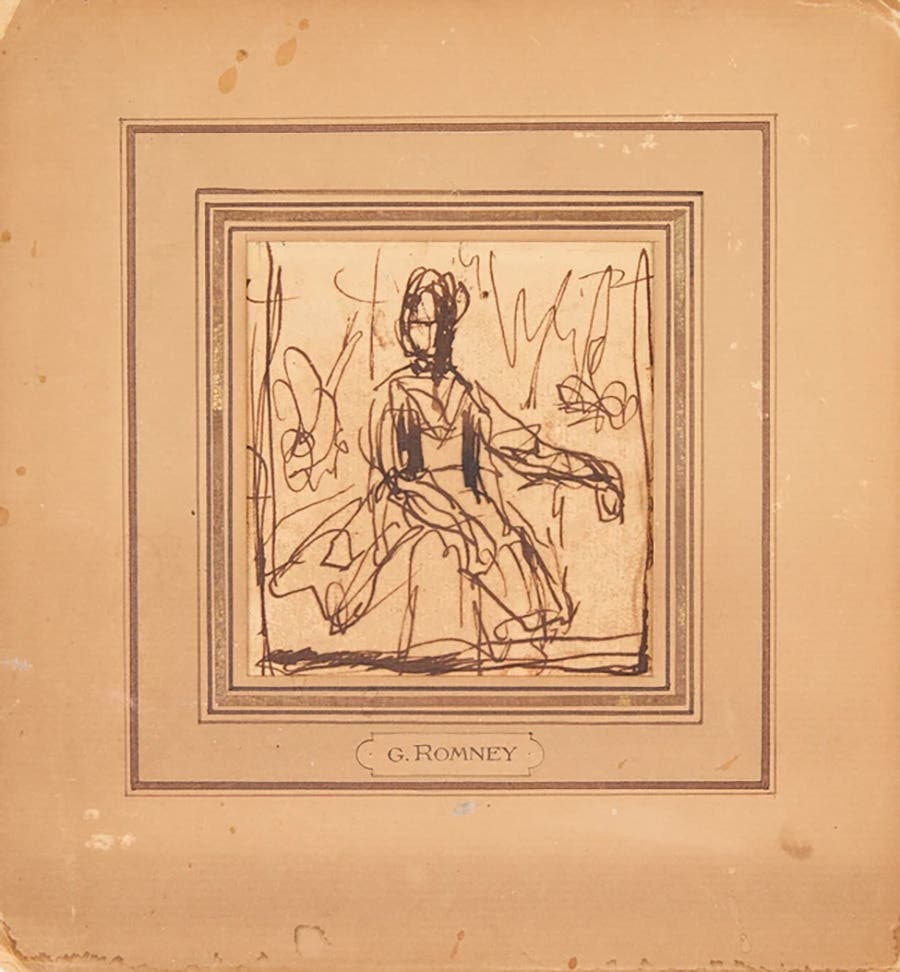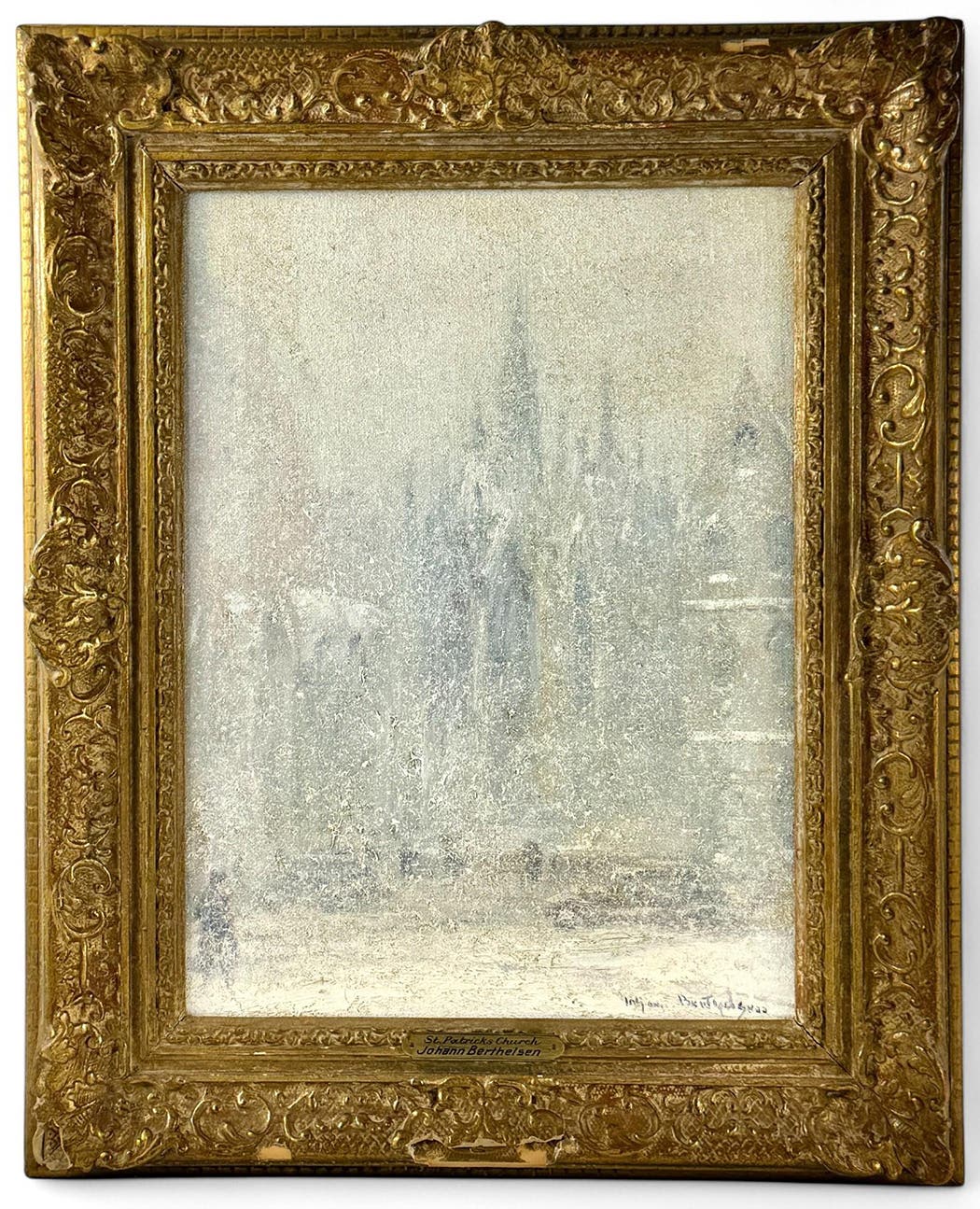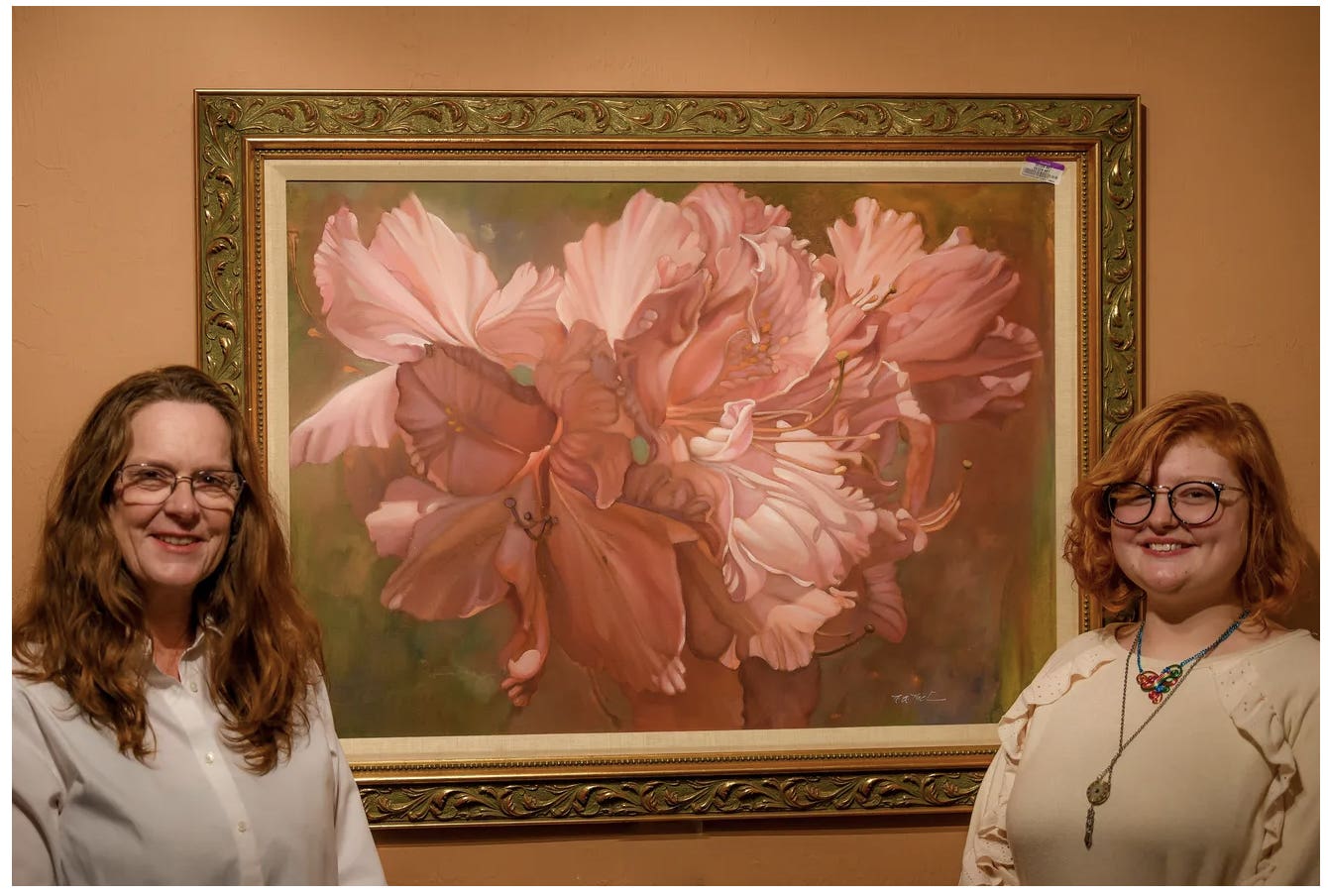Claude Monet: A brilliant artist whose influence colors the world
Monet’s impact on modern art is tremendous and the artist continues to define both the public’s appreciation of it and the perception of beauty in its purest form.
Most well-known today for his series of serene water lilies paintings, 19th century Impressionist Claude Monet was a groundbreaking tour de force in the development of expressive art. Throughout his long life (1840-1926) Monet would progress from drawing amusing caricatures of friends to capturing the elusive nuances of natural scenes in various attitudes of light and color.
Monet is regarded as the founder of Impressionism and was an active proponent of the movement’s philosophy of plein-air painting – the act of painting outdoors. Throughout his career, he completed several pivotal paintings series – including Haystacks, Rouen Cathedral and Water Lilies – in which he captured the same scene throughout the changing of light of days and seasons.
Born Oscar-Claude Monet in Paris in 1840, Monet’s family moved to Le Havre in 1845. There the young Monet met the artist Édoauard Boudin, who encouraged him in the plein-air painting that would become the foundation of his work. In Paris, Monet became acquainted with the artists who would form the foundation of Impressionism, among them Édoauard Manet, Pierre-Auguste Renoir, Frederick Bazille and Alfred Sisley. During these early years of his career Monet and Camille Doncieux, his wife and model, lived in destitute poverty and in 1865 had a group of paintings seized by creditors.
Throughout the late 1860s and 1870s, Monet participated in a number of exhibitions staged in protest of the rigid formalism of the Acamedie Salon show. Indeed, it was Monet’s painting Impression, Sunrise, painted in 1872 and exhibited in 1874, which gave the Impressionist their name. An art critic, intending to satirize the group titled his review “L’Exposition des Impressionnistes,” a label the painters enthusiastically adopted.
In 1883, following the death of Camille, Monet moved to the village of Giverny in the Normandy region of France. There he would paint his monumental Water Lilies series of canvases. Begun in 1899, and despite his failing eyesight, the Water Lilies series would occupy Monet for nearly 20 years, until soon before his death at 86.
Just like William Shakespeare on literature and Sigmund Freud on psychology, Monet’s impact on modern art is tremendous. His unique color palette, vision and conformation would make a lasting impact on future fine art. His techniques inspired Impressionists and Post-Impressionists such as Vincent van Gogh. In terms of form and scale, Monet directly influenced such Abstract Expressionists as Jackson Pollock and Mark Rothko. Popular artist Andy Warhol reflected Monet’s influence in his multiple renditions of a single subject. Monet also laid some of the groundwork for the Minimalist movement of the 1960s. Still extremely popular in his own right, the artist continues to define both the public’s appreciation of art and the perception of beauty in its purest form.








